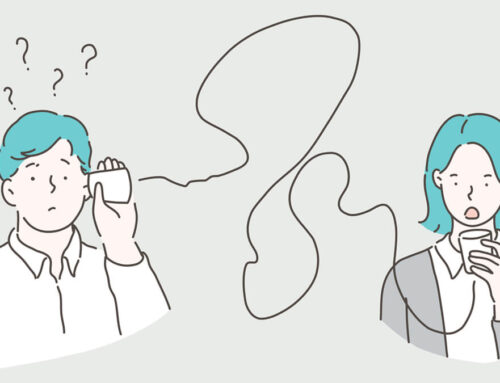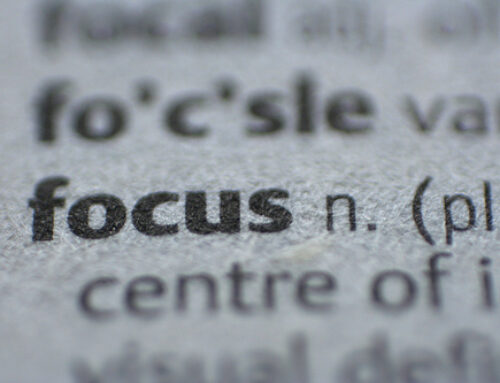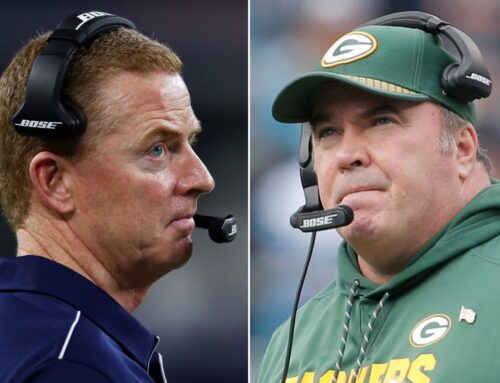The Rules of Improv and Difficult Dialogues
May 31, 2017
Categories: Communication,Diversity
We live in a society that has a lot of different kinds of people. These differences enrich our lives and make them more interesting, but differences can also make things challenging. Take a minute and think about our last presidential election. Were you able to have productive conversations and dialogue with those on the “other side?” Probably not.
Sometimes it is hard to connect with individuals and groups who are different from us. We each have a particular lens with which we view the world, and this lens is influenced by our cultural and family upbringing. We also have a tendency to surround ourselves with like-minded folks who share our perspective, further supporting and validating our views and opinions.
This way of doing life has consequences, both on a local level and a national/global level. We can’t make progress on some of our most pressing problems, because we can’t (and sometimes don’t want to) work together. We are too busy arguing about why we are right and putting down the other side, we fail to make any progress toward our most important goals. And we end up paying the price.
It is clear that we need to do a better job of promoting humble conversation and dialogue with individuals and groups who are different from us. But it’s so hard! How can we work together to understand one another, even if we have different backgrounds and perspectives?
I don’t have all the answers, but I wanted to offer one idea that has helped me connect. I learned about the idea from an unlikely place: improv comedy.
In improv comedy, what generally happens is that the comedians ask the audience to give them a topic or place to start. From that starting place, the comedians just go, using their creative talents to keep the scene moving. Different members of the comedy group tag in, continuing the story and pushing it in new (and sometimes hilarious) directions.
One ground rule of improv comedy is that you never directly contradict or negate what someone says. If you do this, the process stops and the scene often comes to an abrupt (and awkward) end. Instead, the general rule is “Yes, and…” In other words, you listen and accept what the other comedian is saying or doing, and then you add your own idea or direction to continue the scene. In this way, the comedians build on each other and keep the action going.
I think the general rule of “Yes, and…” can be important for having difficult dialogues with people who are different from you. If someone shares their perspective, and you directly contradict or negate what they said, the conversation often stops right then and there. People feel as if their perspective is not valued or wanted, and the dialogue comes to a screeching halt.
A better way is to follow the “Yes, and…” rule. When someone shares their perspective, listen and accept what they say. This doesn’t mean you have to agree with their perspective, but it is important to validate and make space for the person’s perspective. It is also critical to consider and think about what the other person said. Once you do that, you can link to what was said and share a thought or perspective of your own. This keeps the conversation going, rather than shutting it down.
The next time you are having a conversation with someone who is different from you, use the “Yes, and…” rule. (Maybe even talk about the rule beforehand, so both of you are on the same page.) When the other person shares, don’t contradict or negate what they say. Instead, listen and accept their perspective. (Again, this doesn’t mean you agree with their perspective, but you are saying it’s okay for them to have their own perspective.) Then link to what was said and share a thought of your own. Think of you and your discussion partner like an improv comedy team—the goal isn’t necessarily to “win” but rather to learn, grow, and keep the conversation going.
Related Thoughts

Subscribe To My Newsletter
Join my mailing list to receive the latest blog posts.
Receive my e-book “The Mental Health Toolkit” for free when you subscribe.





